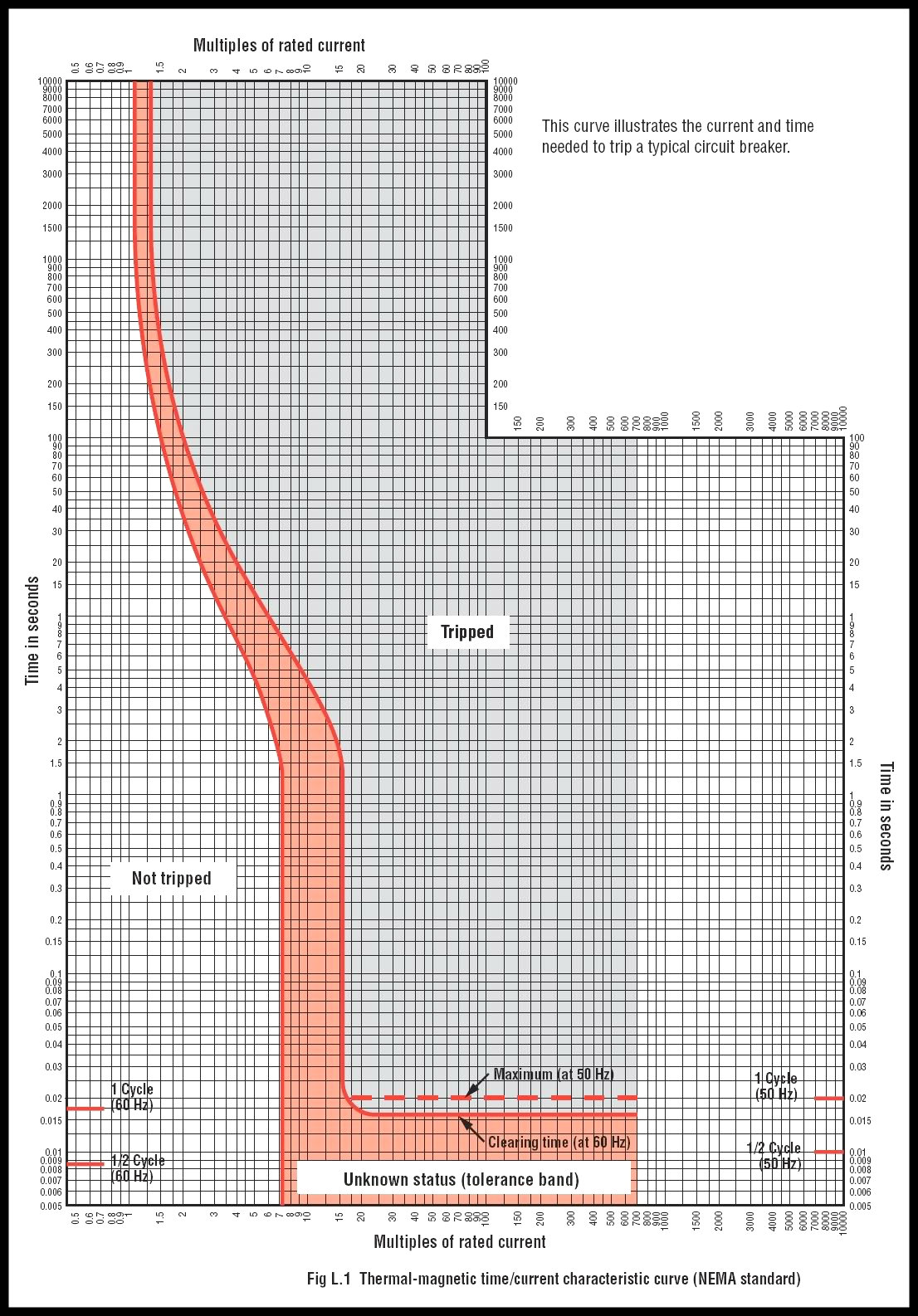OP, you in no way need a 50 amp (120/240 volt) service to be able to run a single AC unit in an RV. Before going extreme and spending a ton of $$, you should try and figure out why you are having problems.
If you are having trouble, it could be due to low voltage at the CG. When voltage goes down, an AC unit draws more current and if the voltage gets low enough can trip a 30 amp breaker. People run one AC + MW and other loads together all the time. I highly recommend getting a voltmeter that plugs into a receptacle in a visible location inside and routinely keep an eye on it. In no case should you run an AC below 105 volts because it will cause damage. If you are encountering low voltage frequently, I recommend getting an autoformer like a Hughes unit to boost the voltage to an acceptable level. We bought a good used one last year for $225. An EMS unit is also recommended and will automatically shut the power off when the voltage is low (and monitors for other conditions too).
There is a downside to having a 50 amp RV. The NEC only requires 20 percent of RV parks (CGs) to have 50 amp pedestals. Before 2005 only 5 percent was required. Finding a 50 amp pedestal can be extremely difficult in the high season, unless you go to a high-end or some gov't CGs that has exceeded min. code requirements. Look around a CG and you will see lots and lots of people running 50 amp RVs with a 30 adapter at pedestals.
One thing that might help is a "hard start" capacitor in the AC unit. These are intended when using a generator and the AC starting current is too much for the generator. Can help with CG low voltage too.
Adding a 20 amp power inlet and plugging into the 20 amp receptacle in a pedestal is an option and many have done this for a 2nd AC or general purpose use. ALL pedestals have a 20 amp GFCI by code. There is a downside to this too. CG wiring is not designed (per NEC) to have both a 20 & 30 amp running at full load simultaneously and you run the risk of increasing voltage drop.
I'd check the blades on your shore power cord. They need to be kept clean and shiny. Never plug into a pedestal without shutting the 30 amp breaker off. If you don't, you will get pitting on the plug blades which builds up dirt/carbon and causes resistance which adds to voltage drop (and can overheat and melt).
I installed a wall mounted LED voltmeter and ammeter. The current rarely goes above 15 amps and we've never had to do any kind of load management (have 1 AC).
GordonThree wrote:
Yes a 30a circuit is only good for 23-26 amps continuous duty, the microwave counts as an intermittent load.
Sorry, but that is incorrect. I saw someone post this in another thread the other day and warrants correcting.
A 30 amp breaker can run indefinitely at 30 amps, as in
forever. They are designed that way in accordance with UL/CSA. RVs are not fixed, permanently wired loads like in a building which by code cannot connected to fixed loads greater than 80 percent of the breaker rating. Circuit breakers have a thermal-magnetic inverse time-current characteristic.
The graph below shows the tripping characteristic and can be applied to any standard molded case breaker. A clearer image can be found
here. This graph is generic and note that at 1 times whatever breaker rating you have, it will operate indefinitely. The higher an overload is, the sooner it will trip because current through the thermal bi-metal element gets warmer sooner. When the current gets high enough as in a short circuit, the magnetic element trips instantaneously. You can draw somewhat over 30 amps for short periods while running things like say a MW, and won't trip a 30 amp breaker. If you were drawing 38 amps for example, the breaker would not trip for approx. 150 - 500 seconds
In Canada, it is acceptable by code to connect & operate fixed heating appliance loads (baseboards, eg.) at 100 percent of the heating circuit's breaker size. Basically in an RV, you can plug in as much stuff as you want until the 30 amp breaker in the pedestal or converter/panel trips, then you'll know it was too much.
